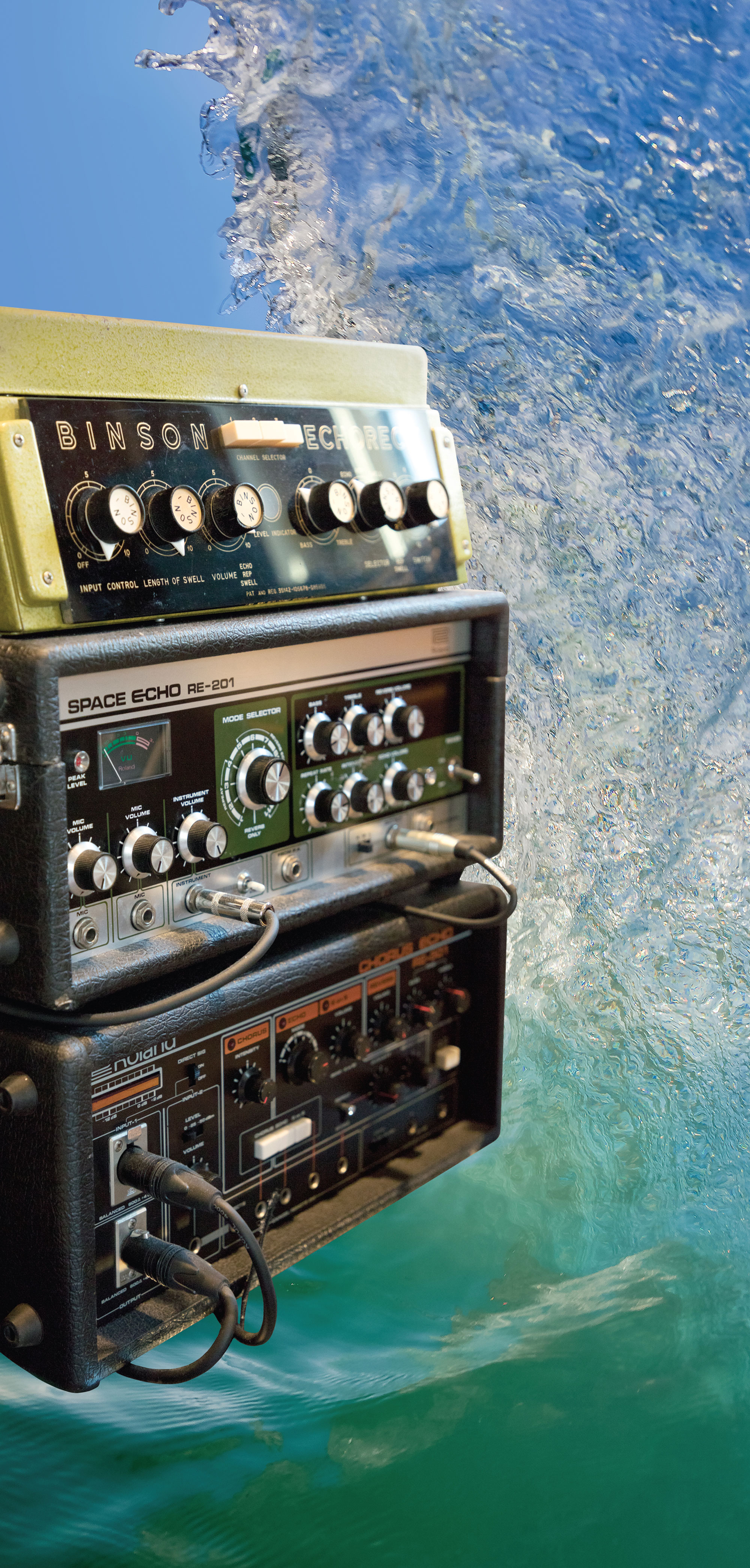SpectraLayers Pro is an exceedingly powerful program for restoring, editing, and manipulating audio. I mistakenly ignored this product, classifying it as just another spectral editor. Ultimately, they're all the same right? Wrong. Not only does SpectraLayers Pro offer more tools, but as the name suggests, users can divide audio among layers, expanding the possible uses significantly.
The spectral display (where all of the action is) is very customizable. From color mapping to amplitude to FFT size to resolution and even a 3D render, it is possible to isolate audio like never before. This is critical, as generic spectrograms do not always provide a clear picture of problem areas, making selection difficult or impossible.
Initially published by Sony, the title moved to Magix Software and now lives with Steinberg. This means the application runs on Windows 7 and up (64-bit) or macOS Sierra and up, is optimized for high DPI displays, and is backed by Steinberg's customer support. The editor can run as a standalone application or instantiate from within your DAW. Version 6 adds ARA (Audio Random Access) 2 integration, which is respected as the best spotting protocol available. Pro Tools users can relate stories of trying to pitch edit audio with an external application only to have the processed material return to the wrong spot on the timeline. With ARA, I experienced a seamless handoff between Magix Sequoia 15 and SpectraLayers 6. You can also launch other programs from within SpectraLayers, including iZotope RX [Tape Op #130], Melodyne [#84], or WaveLab [#127].
Most spectral utilities have rudimentary selection tools and unsophisticated crossfading of processed with source audio. In addition to the standard square select and replace tool, SpectraLayers offers extensive selection options, including their famous casting/molding routine. Similar to a metal foundry, Spectral Casting takes the frequency fingerprint of one layer and places it over another. The result removes audio that overlaps with the cast's shape. Molding is the inverse process, leaving audio-only where overlap occurs. The levels and polarities of both layers can be tweaked until the results sound best.
There are too many tools to cover here. If you've dabbled with popular photo editing software, you may recognize some of these tools: Eraser deletes or minimizes sounds, Clone Stamp copies and migrates specific sections to a target area, Frequency Pencil directly paints overtones, Amplifier brings elements forward (similar to a dodge tool), Frequency Repair heals gaps, and Noise Sprayer helps match room ambiance. Each tool can be adjusted for size and hardness – the interaction of processed sounds blended with the source. For the most natural-sounding edits, the hardness value adjusts the real-time crossfade around the brush. SpectraLayers implements two-dimensional crossfades that work with time and frequency. Changes can be previewed before you apply them, and the edits are often invisible.
Plenty of information about this title is available on Steinberg's site. I'm going to devote my remaining space to the top ten real-world uses I found during my tests. I was working with the only copy of a mix that cut off abruptly before the fade finished at the end of the song. With SpectraLayers, I was able to copy sections, add them to additional layers, stagger their fades, and spray noise to match the source. Though this did take some time, the results were certainly better than forcing an abrupt fade in the master. In another instance, I was working with the only track from a live show and was able to uncouple the vocal from the guitar in order to treat them separately, which took even more time and was essentially science fiction at work. The remaining other uses: de-ess'ing of sibilant vocals, erasing bad fade-render clicks, convincingly healing dropouts form a tape transfer, cloning good audio to apply over errors, selecting harmonics of variable intensity and frequency with a single tool (!), limiting edits to the specific wave shape rather than using a clunky Minecraft-like square selector, and reducing enunciation issues on a vocal performance hampered by dentures.
Though I didn't edit with a pressure-sensitive tablet or with digital pencil, SpectraLayers supports those devices – let your mind run wild with that! Stuck on a plane but have edits to do? Get out the tablet and pencil, because you're about to be productive and billable from wheels up to touchdown. There are days when we review tools that advance our powers as audio custodians in remarkable ways.
Spectral editing applications are lifesavers that engineers rely on day-in and day-out. But don't mistakenly assume they are interchangeable. SpectraLayers makes most other offerings look like children's toys. I've threatened Steinberg that I would hunt them down should they ever stop making this title. So yeah, I love this software.




_disp_horizontal_bw.jpg)